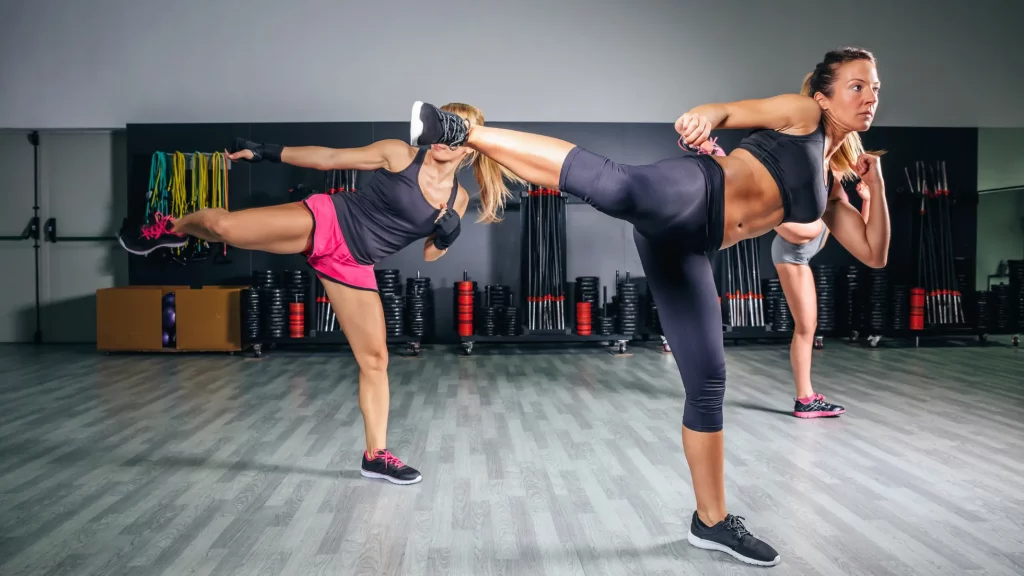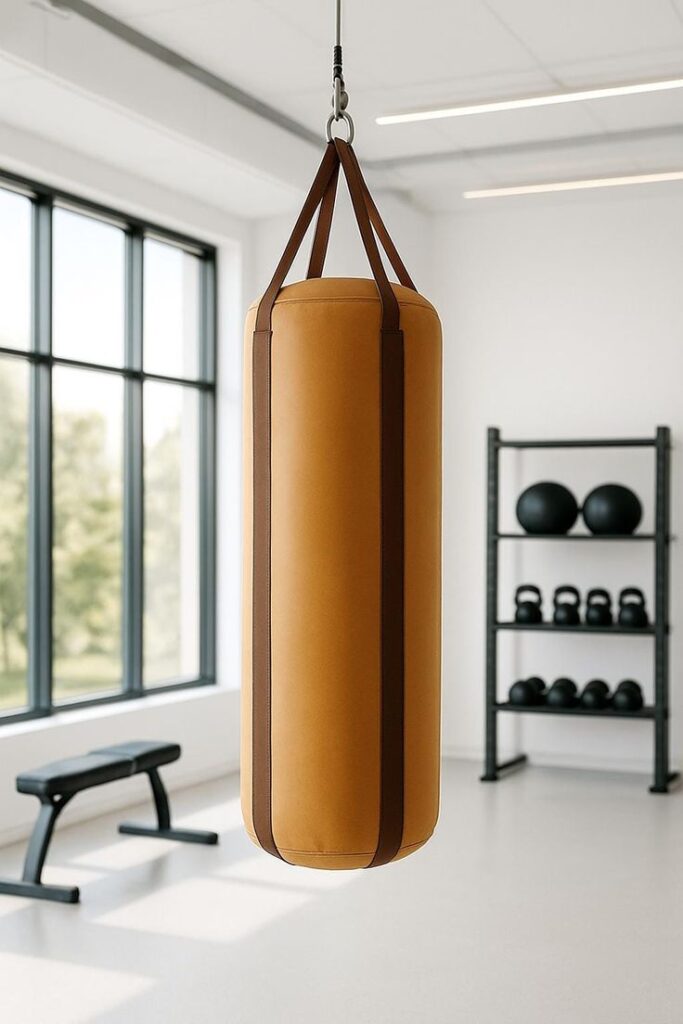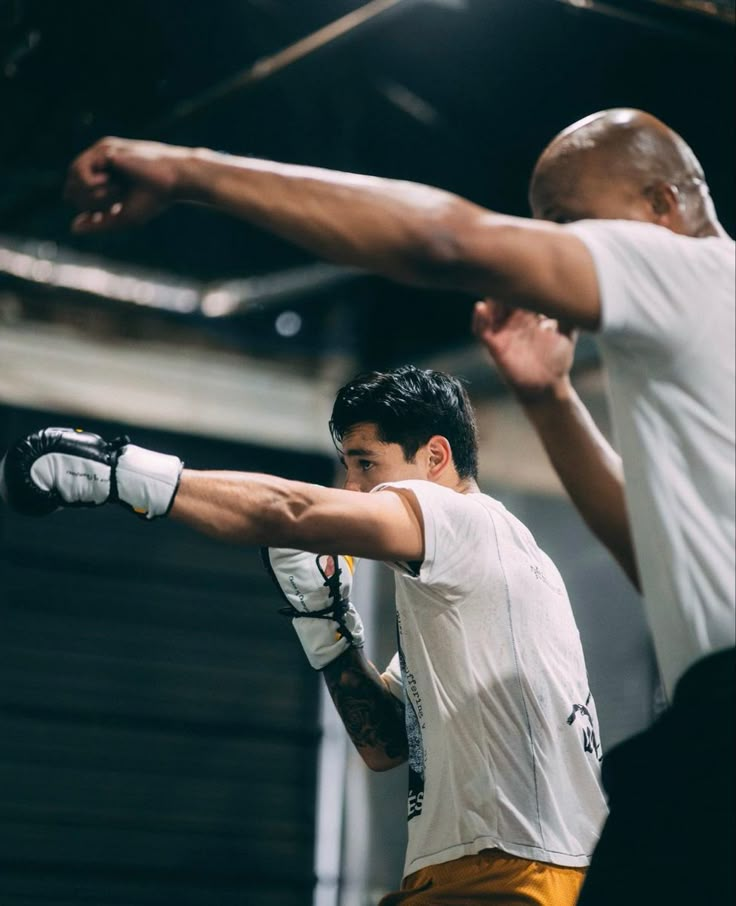
Boxing isn’t just for professional fighters—it’s also one of the most effective and exciting ways to get in shape. Whether you’re looking to burn fat, build strength, improve coordination, or relieve stress, boxing workouts can transform your body and mindset.
The best part? You don’t need a ring or years of experience to get started. With the right approach, boxing for fitness is accessible to beginners and can be tailored to any level.
Key Takeaways
- Boxing is a full-body workout that builds strength, endurance, and agility.
- You don’t need to spar to enjoy fitness boxing—shadowboxing, bag work, and conditioning drills are enough.
- Basic equipment like gloves, wraps, and a heavy bag makes training safer and more effective.
- Boxing boosts mental health by reducing stress and building confidence.
- Consistency is key—progress comes from structured practice, not intensity alone.
Why Choose Boxing for Fitness?


Unlike traditional workouts, boxing keeps your mind engaged while your body works hard. Each session involves footwork, punches, defensive moves, and conditioning drills that challenge your endurance and coordination.
Key benefits include:
- High-calorie burn: Expect to torch up to 600–800 calories per hour.
- Strength building: Punching improves upper-body power, while footwork and core work enhance stability.
- Stress relief: Hitting a bag is one of the most satisfying ways to release tension.
- Improved agility: Footwork drills sharpen reflexes and balance.
Essential Boxing Equipment for Beginners


You don’t need a fully equipped gym to start. A few basics will set you up for safe and effective training:
- Boxing gloves: Choose gloves designed for training (12–16 oz for most beginners).
- Hand wraps: Protect your wrists and knuckles from injury.
- Heavy bag: A durable punching bag for practicing power shots.
- Jump rope: Builds endurance and agility while mimicking boxing footwork.
- Comfortable shoes: Lightweight sneakers with good grip support quick movements.
Fundamental Techniques to Learn First
Before you start hitting the bag, focus on building proper form:
- Boxing stance: Keep your feet shoulder-width apart, knees slightly bent, and hands guarding your face.
- Basic punches: Master the jab, cross, hook, and uppercut.
- Footwork: Learn to pivot, move side-to-side, and step in or out without losing balance.
- Defense basics: Slipping, ducking, and blocking protect you during drills.
Practicing these fundamentals ensures you train safely and get the most out of each session.
A Beginner-Friendly Boxing Workout Plan



Here’s a sample routine you can follow three times per week:
- Warm-up (5 minutes): Jump rope or shadowbox to increase heart rate.
- Shadowboxing (3 rounds, 2 minutes each): Focus on technique and movement.
- Heavy bag work (3 rounds, 2 minutes each): Practice combinations with proper form.
- Bodyweight circuit (3 sets): 10 push-ups, 15 squats, 20 sit-ups.
- Cool-down (5 minutes): Stretch shoulders, hips, and calves.
Off-the-Ring Conditioning for Boxers
Boxing is demanding, so conditioning outside the bag is key:
- Strength training: Add push-ups, pull-ups, and core workouts.
- Cardio: Sprints, cycling, or HIIT boost endurance.
- Mobility work: Stretching and yoga improve flexibility and recovery.
Mental Benefits of Boxing
Boxing trains more than your body—it sharpens your mind. Each session requires focus, rhythm, and discipline. Over time, this builds confidence, reduces anxiety, and helps you approach challenges with resilience both inside and outside the gym.
4-Week Beginner Boxing Fitness Plan



Week 1: Building the Basics
Goal: Learn stance, punches, and footwork while conditioning your body.
- Day 1:
- Warm-up: 5 min jump rope
- Shadowboxing: 3 rounds × 2 min (focus on jab + cross)
- Strength circuit: 3 sets (10 push-ups, 15 squats, 20 sit-ups)
- Cool-down: Stretch shoulders and hips
- Day 2:
- Warm-up: 5 min light jogging
- Footwork drills: 10 min (side steps, pivots, forward-back steps)
- Bag work (if available): 3 rounds × 2 min (practice straight punches only)
- Core: 3 × 20 Russian twists
- Day 3 (Optional Recovery): 20 min light cardio or yoga
Week 2: Adding Power and Combos
Goal: Develop strength and endurance, start combining punches.
- Day 1:
- Warm-up: Jump rope 5 min
- Shadowboxing: 4 rounds × 2 min (add hooks and uppercuts)
- Bag work: 4 rounds × 2 min (jab-cross-hook combos)
- Conditioning: 3 × 10 burpees + 20 squats
- Day 2:
- Warm-up: 5 min jog
- Footwork + defensive drills: 10 min (slips, ducks)
- Bag work: 4 rounds × 2 min (focus on defense + counter combos)
- Core: Plank holds (3 × 45 sec)
- Day 3: Active recovery (walking, light yoga, stretching)
Week 3: Building Endurance and Intensity
Goal: Extend rounds and increase cardio demands.
- Day 1:
- Warm-up: Jump rope 5 min
- Shadowboxing: 4 rounds × 3 min
- Bag work: 5 rounds × 2 min (use full punch combos, finish each round with 20 fast punches)
- Conditioning: 3 sets (15 push-ups, 15 lunges, 20 sit-ups)
- Day 2:
- Warm-up: 5 min jog
- Agility drills: Cone shuffles, ladder drills (10 min)
- Bag work: 5 rounds × 2 min (focus on body shots + uppercuts)
- Core: Bicycle crunches (3 × 25)
- Day 3: 20–30 min steady-state cardio (jogging, cycling, rowing)
Week 4: Challenge Week
Goal: Test your fitness with longer rounds and mixed workouts.
- Day 1:
- Warm-up: Jump rope 5 min
- Shadowboxing: 5 rounds × 3 min (mix all punches + defense)
- Bag work: 6 rounds × 2 min (each round focus on a different combo)
- Strength: 3 sets (10 burpees, 20 squats, 15 push-ups)
- Day 2:
- Warm-up: Jog 5 min
- Agility: Ladder + cone drills 10 min
- Bag work: 6 rounds × 2 min (end each with 30-sec nonstop punching)
- Core: 3 × 1 min plank + side planks
- Day 3: Optional: Full-body HIIT (20–30 min) or active recovery (yoga/stretching)
FAQ: Boxing for Fitness



Q: Do I need a coach to start boxing?
Not necessarily. While a coach speeds up progress, beginners can start with online tutorials and structured routines.
Q: Is boxing safe for beginners?
Yes, as long as you focus on form, use proper equipment, and avoid sparring early on.
Q: How many times a week should I box for fitness?
2–3 sessions per week are enough for beginners. More advanced athletes may train 4–5 times weekly.
Q: Can boxing replace regular cardio workouts?
Absolutely. Boxing provides both cardiovascular and strength benefits in a single workout.
Q: What if I don’t have a heavy bag?
You can still train with shadowboxing, resistance bands, or partner drills.
Conclusion
Starting boxing for fitness is one of the most rewarding choices you can make. With minimal equipment, simple techniques, and a structured workout plan, you can unlock strength, endurance, and confidence. Whether your goal is weight loss, muscle tone, or stress relief, boxing offers a fun and empowering path to fitness.




